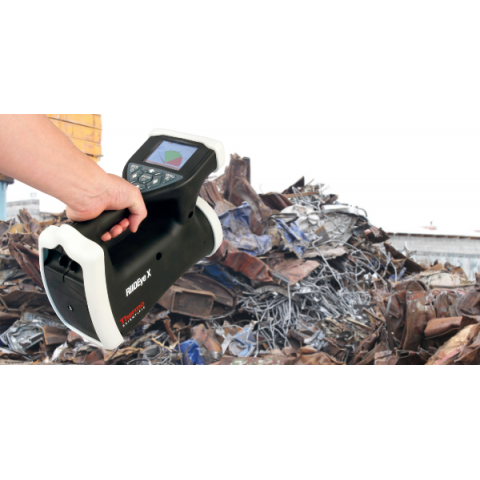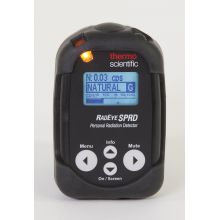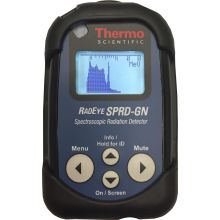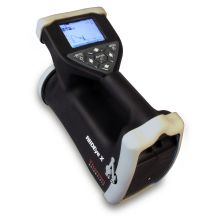Radiation Spectroscopic Identifiers
Radiation Isotope Identifier Devices (RIIDs) are used to perform spectroscopic analysis to distinguish between different radioactive isotopes.
Responders use field-deployable systems to distinguish between radiation sources.
Whether you are evaluating water or soil samples, or searching for materials that could make a dirty bomb, it’s critical to know the exact isotope of the radioactive material in order to assess the potential threat and quickly initiate a plan of action.
The detection and analysis of hidden radioactive nuclides requires a radiation identification tool with high sensitivity and accuracy.
For example, the pager-sized Thermo Scientific™ RadEye™ SPRD Spectroscopic Personal Radiation Detector allows you to detect, localise and identify Gamma sources of radiation.
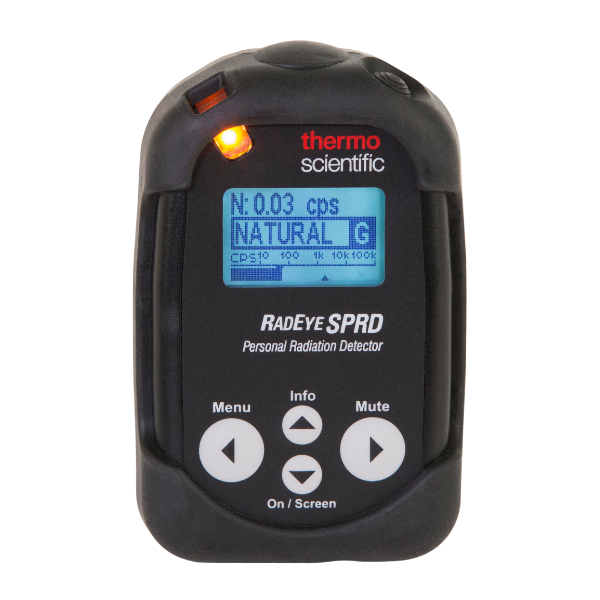
The Thermo Scientific™ RadEye™ SPRD-GN delivers unprecedented detection.
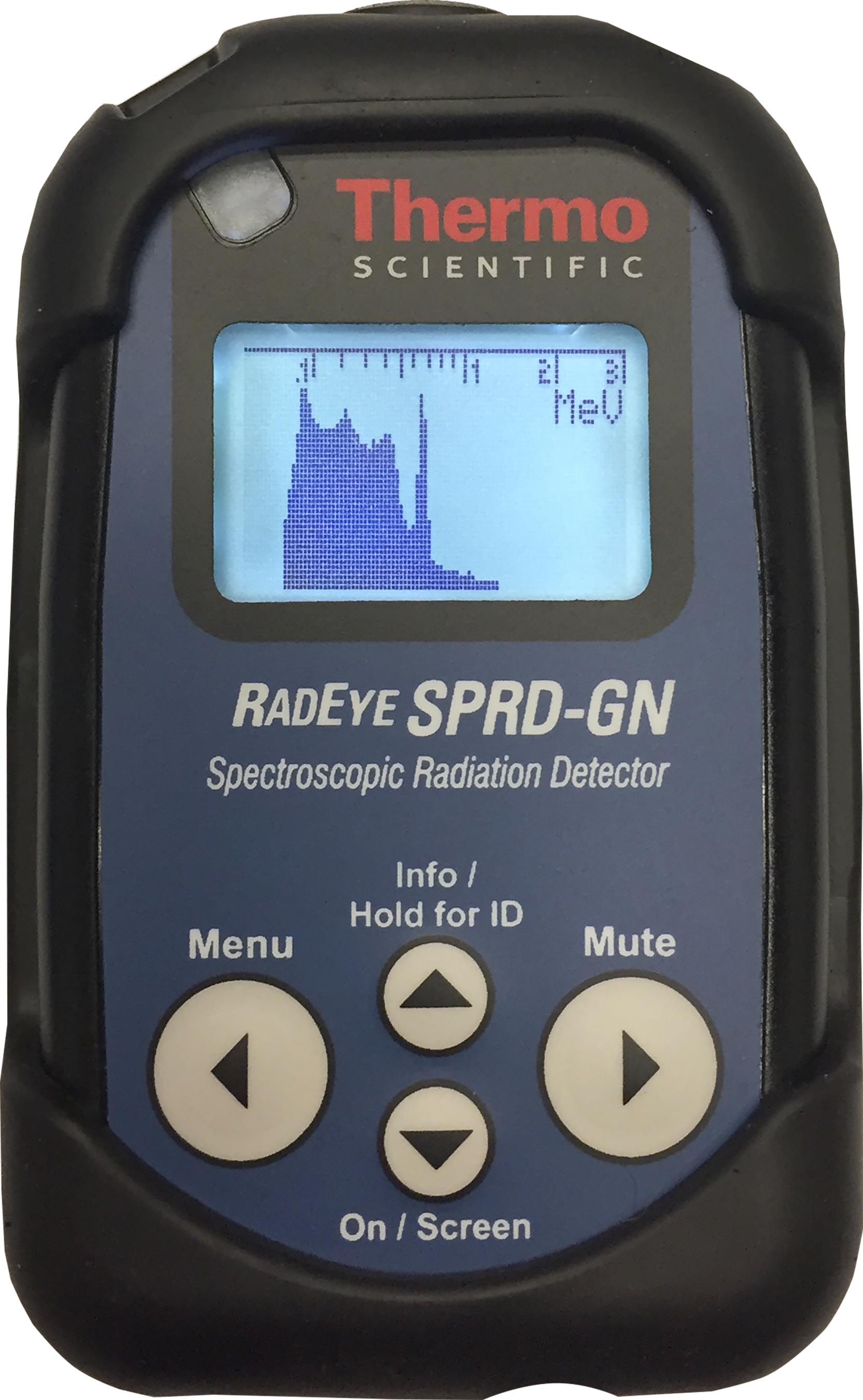
The first personal detector that can significantly exceed the original ANSI N42.48 2008 standards for neutron alarms while still fitting in the palm of your hand.
A refined, higher resolution Cs2LiYCl6:Ce (CLYC) crystal allows for gamma spectroscopy and advanced pulse shape discrimination.
These algorithms give you outstanding gamma and neutron performance you may have only achieved in larger instruments.
Most neutron detectors distinguish gamma and neutron radiation using pulse height discrimination (PHD).
However, CLYC utilises pulse shape discrimination (PSD) as well as PHD. By evaluating the shape of the light pulse created by the neutron, rather than just the pulse height, PSD detects the difference between background neutrons, typically from cosmic radiation, and artificial neutron sources, making RadEye SPRD-GN more sensitive to neutrons that matter, up to 10 times.
Despite being popular, sodium iodide is very hygroscopic and can absorb humidity from the air and turn from a water clear crystal into a sloppy yellow sludge. To avoid that problem, there are some exotic new and expensive scintillation crystals available, Bismuth Germinate, Cadmium Tungstate, Lutetium Yttrium Oxyorthosilicate, Lanthanum Bromide and Caesium Lithium Yttrium Chloride (CLYC).
The CLYC crystal has also been incorporated into the Thermo Scientific RIIDEye X-GN isotopic identifier.
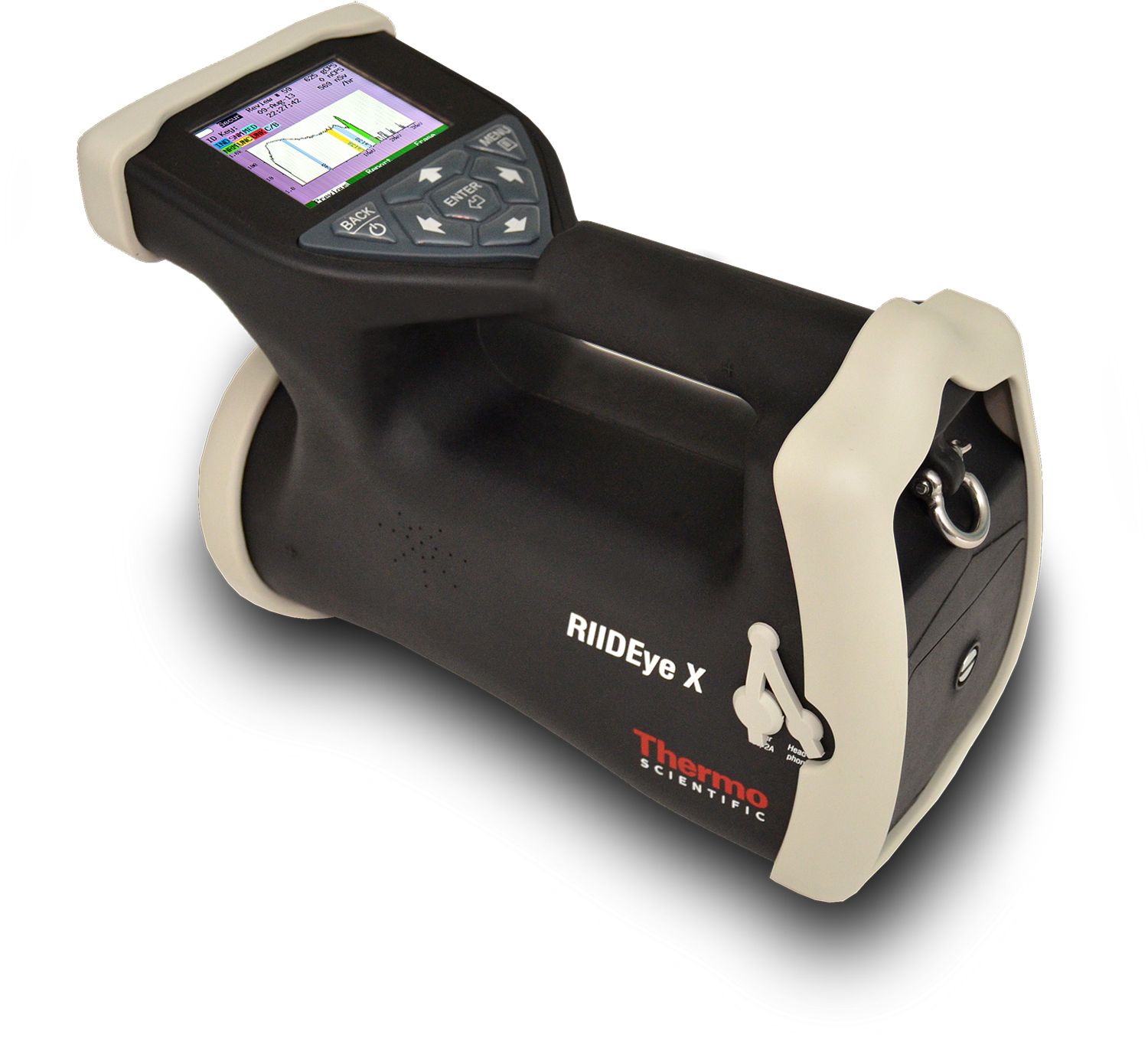
If you have any questions about radiation detection technologies then please contact ADM Nuclear Technologies. Our expert team is on hand to answer any questions you may have.
IS THIS INFORMATION USEFUL?
If so, why not share it with your peers and colleagues. Simply click on the blue LinkedIn share icon below.

